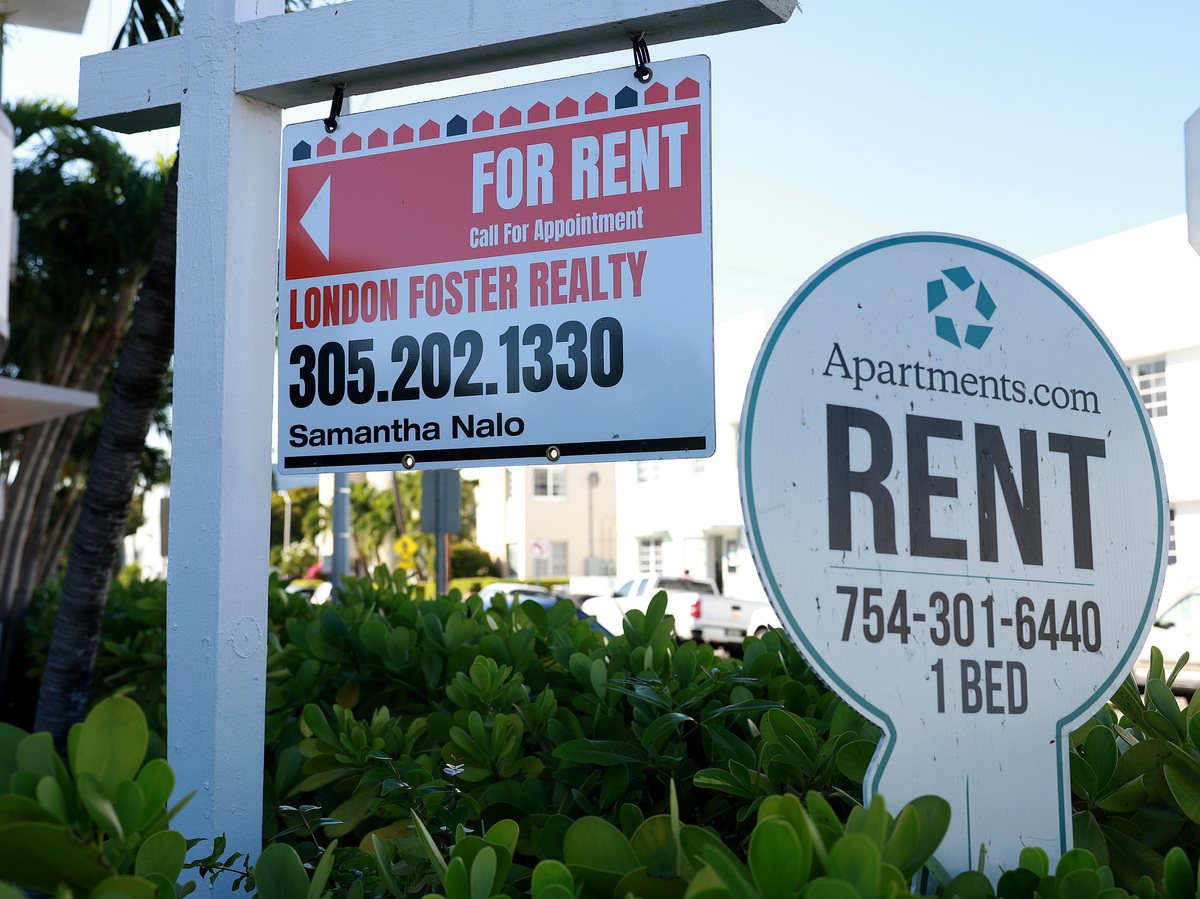[ad_1]

Consumers shop in the produce section of a Walmart store in Burbank, Calif., on August 15, 2022. Produce prices have been rising recently, the latest area hit by inflation.
Robyn Beck/AFP via Getty Images
hide caption
toggle caption
Robyn Beck/AFP via Getty Images

Consumers shop in the produce section of a Walmart store in Burbank, Calif., on August 15, 2022. Produce prices have been rising recently, the latest area hit by inflation.
Robyn Beck/AFP via Getty Images
Americans are saving money at the gas pump, only to spend it in the produce aisle.
Gasoline and grocery prices moved in opposite directions last month, as the overall inflation rate remained elevated. The Labor Department is set to release its latest consumer price index on Tuesday, just before the Federal Reserve prepares to raise interest rates for the seventh time in nine months on Wednesday.
For a year, Americans have seen racing inflation eat away at their savings and add to their credit card debt. A key source of pain was costly gasoline.
But in recent weeks gasoline prices have fallen sharply and gas is now selling for less than it was a year ago, before Russia’s invasion of Ukraine.
As fuel prices fall, however, food prices have been climbing. Wholesale vegetable prices soared more than 38% in November.
“I’ve never seen it like this,” said Brian Guarino, a produce distributor outside Philadelphia.
A wholesale box of romaine lettuce that typically sells for $25 to $30 on the east coast is costing up to $100, as a result of growing problems in California and high transportation costs.
“You can’t put lettuce on a hoagie and expect not to put an upcharge on it, when you’re paying $100 for 24 heads of lettuce,” Guarino said.
An insect-borne virus curbed lettuce production in the Salinas Valley this fall. And while gasoline prices have tumbled, the diesel fuel used to truck vegetables still costs nearly $5 a gallon.
While food and energy prices are notoriously volatile, the prices of many other goods — such as used cars and lumber — appear to be stabilizing.
“It is far too early to declare goods inflation vanquished,” Fed chairman Jerome Powell said two weeks ago, about the stabilization. “But if current trends continue, goods prices should begin to exert downward pressure on overall inflation in coming months.”
People are getting roommates and, in turn, easing housing inflation
Likewise, there are signs that housing inflation has begun to ease. Rents are still rising much faster than they were before the pandemic, but not at the breakneck pace they were in the spring.
The average cost of renting a single-family home in April was nearly 14% higher than a year earlier, according to CoreLogic, a housing data company. By September, the annual increase had dropped to around 10%, partly because of softening demand.
“People are now, as a result of high rent, doubling up again, so we’re seeing an increase in the number of people moving in with roommates,” said CoreLogic economist Selma Hepp.

For Rent signs on Dec. 6, 2022, in Miami Beach, Fla. Reports indicate that apartment rents across the country dropped in November by the most in at least five years.
Joe Raedle/Getty Images
hide caption
toggle caption
Joe Raedle/Getty Images

For Rent signs on Dec. 6, 2022, in Miami Beach, Fla. Reports indicate that apartment rents across the country dropped in November by the most in at least five years.
Joe Raedle/Getty Images
“There’s still some ways to go,” Hepp said, adding that she expects “very fast deceleration over the next year.”
Rents are reflected only gradually in the official inflation data, so the slowdown in housing costs is not yet fully evident in the consumer price index.
Still, Powell described the real-time reports from the rental industry as encouraging, with inflation in new leases falling.
“We would expect housing services inflation to begin falling sometime next year,” Powell said.
Wages still pose an inflation threat
The Fed chairman is less confident about the price of services, which includes everything from restaurant meals to haircuts and which is largely driven by the cost of labor.
Wages have been rising at a rapid rate, and Powell worries that could keep inflation stubbornly high.
“Despite some promising developments, we have a long way to go in restoring price stability,” he said.
Fed policymakers are meeting this week, and they’re widely expected to raise interest rates by another half percentage point, in an effort to tamp down demand and bring prices under control.
Interest rates have already risen from near zero in March to nearly 4%. Powell warned rates are likely to climb higher and stay up longer, adding that history cautions against easing up on the fight against inflation too soon.
“We will stay the course until the job is done,” he said.
[ad_2]
Source link

Comments are closed.